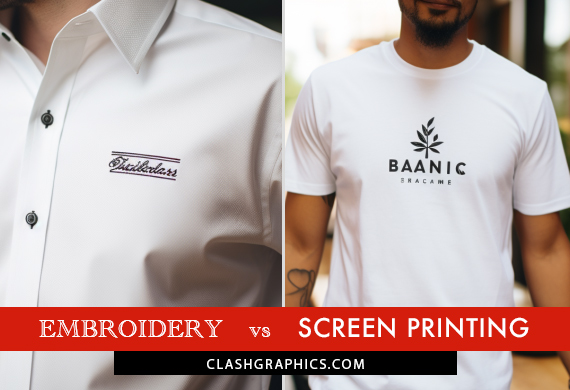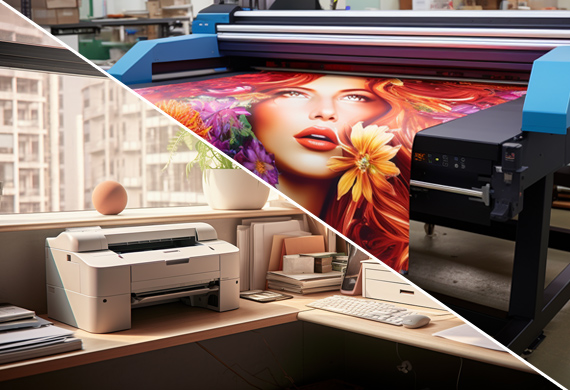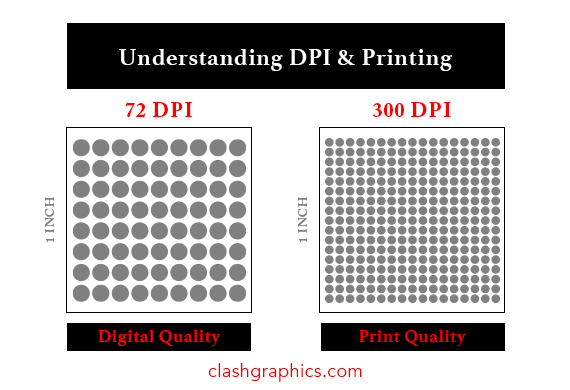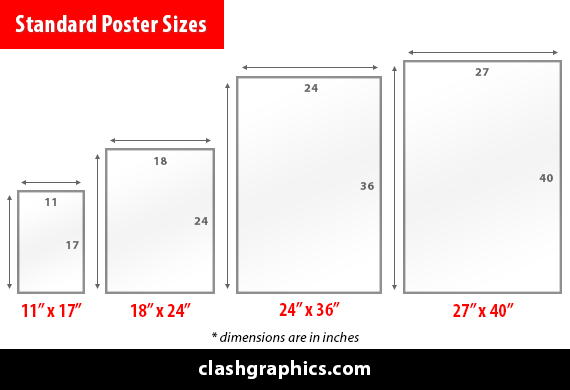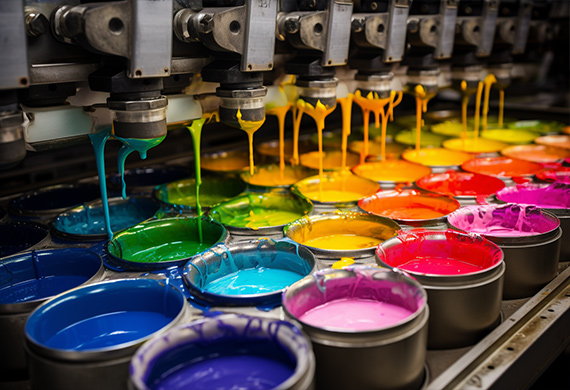Benefits of Screen Printing vs. Sublimation and Offset vs. Digital Printing
Posted by Clash Graphics on 18th Jun 2019
Avoid costly mistakes and delays when taking your design to print. Discover the printing techniques available for your project, their benefits, and disadvantages. Knowing the basics of the four principle printing methods will help you…
read more
